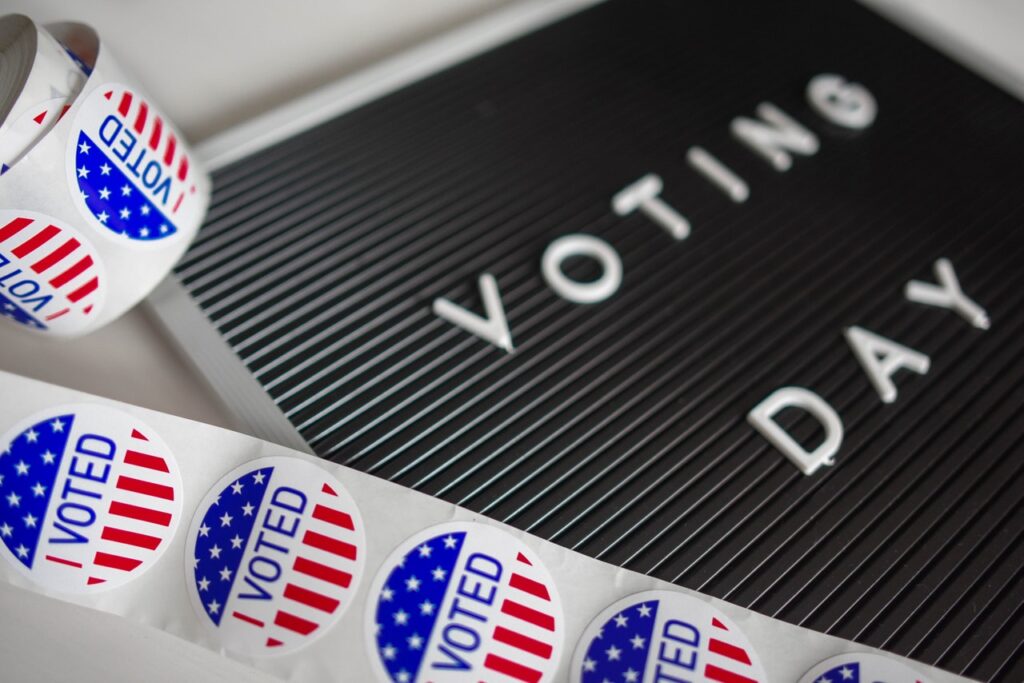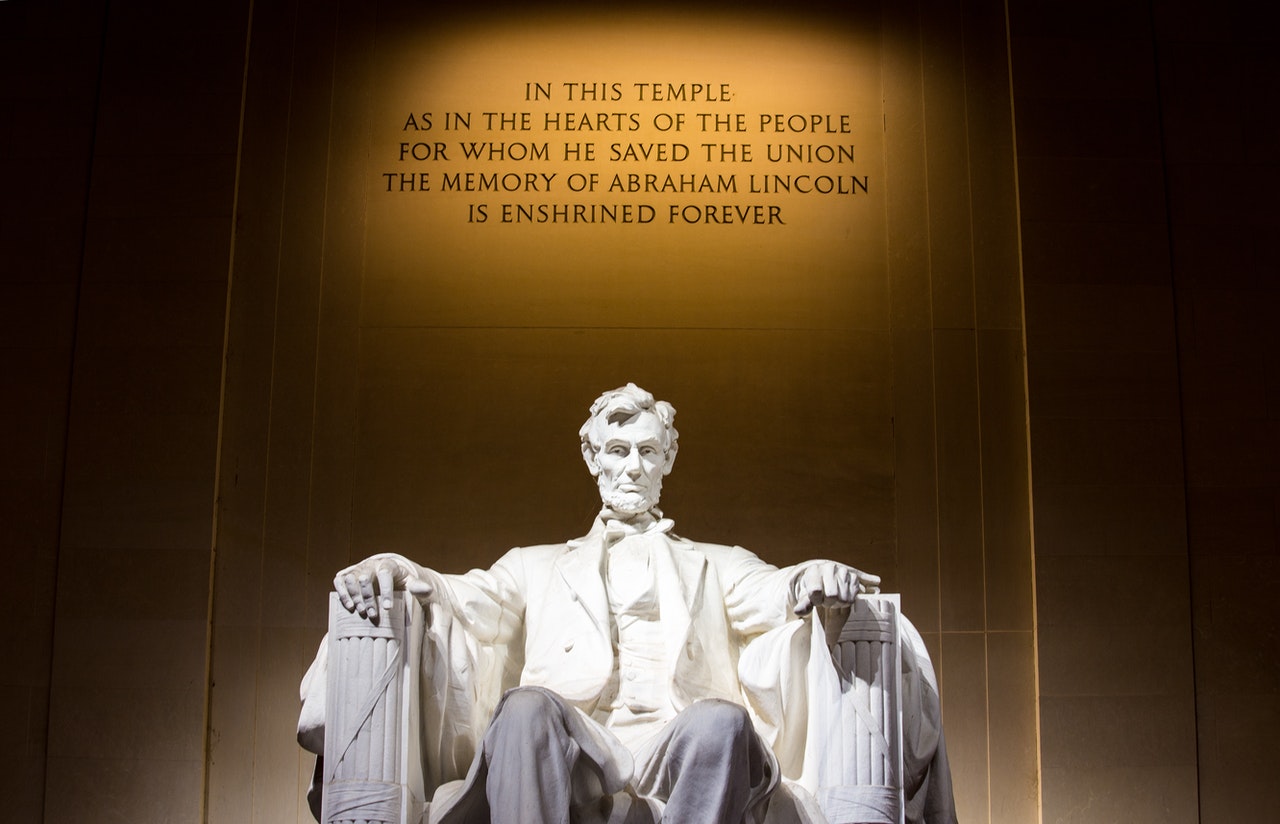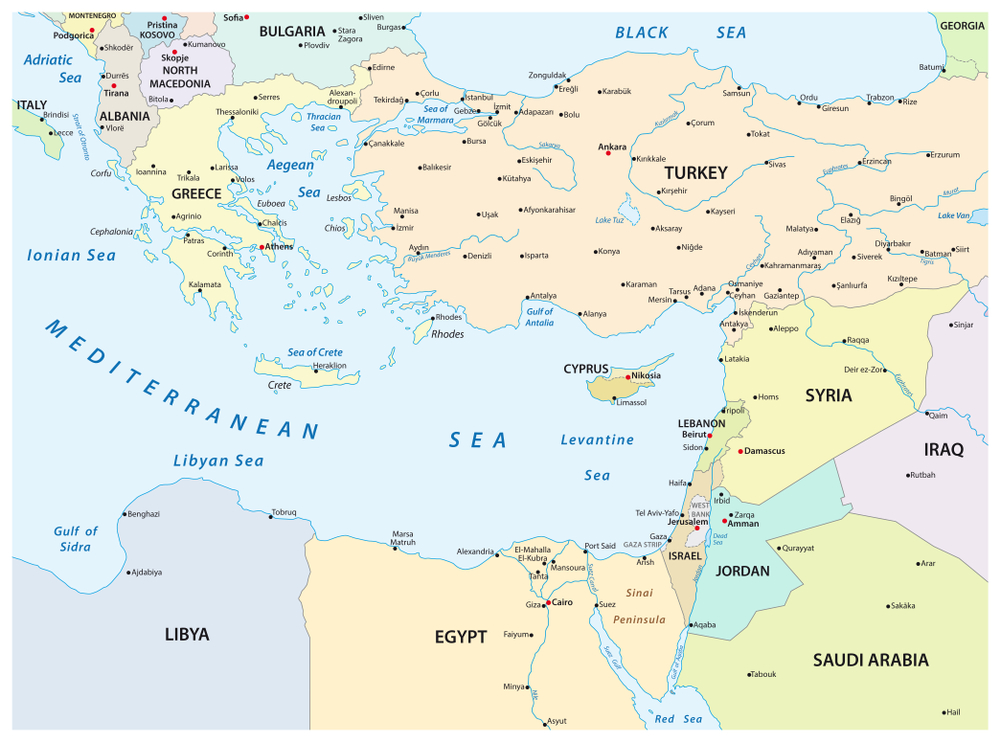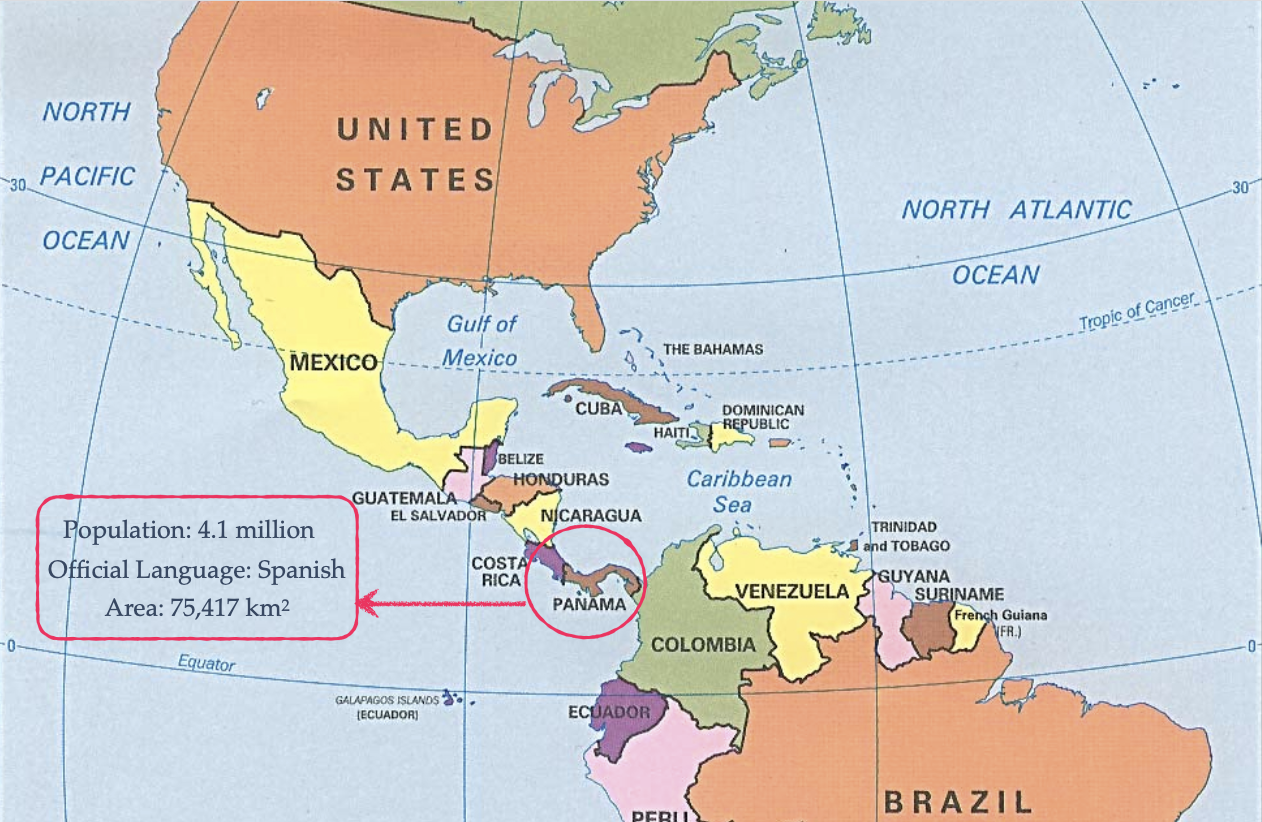Reading Time: 2 minutes
Note: This is an oversimplified explanation of how the US President is elected. Overall, the procedure is quite intricate and can have various scenarios and conditions.
- Imagine that you work in a 100-employee company (with 10 departments) that chooses its CEO through an election.
- One option for the election is to have all the employees to vote.
- Let us say there are 2 candidates, and whoever gets 51 votes becomes the CEO – this is how most democracies elect their heads of state.
- The other option is to get each department’s employees to elect 1 out of 2 or more candidates from their department and then these 10 winning representatives (one from each department) vote for the election of the CEO.
- So, the employees don’t get to vote for the election of the CEO, but for the election of department representatives.
- The candidate who wins 6 of these department-representative votes becomes the CEO.
- This 2nd method explains how the US elects its President, but instead of 10 department representatives, it has 538 electors.
- These 538 electors (each belonging to either democratic or republican party) put together are called the Electoral College.
- Whomever 270 out of these 538 electors vote for, becomes the President of the United States.
- The number 538 is based on the population of each state – roughly one elector per 700,000 people + 2 (if the population of a state is less than 700,000, it will have 1+2 = 3 electors).
- For example, the population of California as per Census 2010 was 37.25 Million, and if we divide this number by 700,000, we get 53; add 2 to 53 and you get 55 and that is the number of electors California has.
- Now, let us say Democrats (Biden), Republicans (Trump) and 3 smaller parties are contesting for these 55 elector votes, and the Democrats win 30 of these 55.
- In this case, all 55 votes would go to Democrats; the others (Republicans and smaller parties) will get no vote – this is called the-winner-takes-it-all policy.
- This policy makes the big states really powerful – a party winning a majority in just 4 (New York, Texas, Florida, and California) of the 50 states would have over 150 of the required 270 votes.
- And it also explains why the US election may forever remain a 2-party election despite the existence of several small parties (even if small parties win an elector vote here and there, the winner will take their wins also).
- While a majority of a party in the Electoral College, in effect, means that the Presidential candidate of that party would become the President, but there have been instances when a few electors of a party have voted for the opposition candidate because they didn’t like their own party’s candidate.
Image courtesy of Element5Digital through Pexels
Reference shelf :






















